TFB Review: The Pulsar Oryx XG35 LRF Thermal Monocular

This is a review of the Pulsar Oryx XG35 LRF Thermal Monocular, which represents a new design and era for Pulsar’s handheld thermals. The Oryx comes with a highly sensitive 640x480/12μm thermal imaging sensor, which delivers sharp, detailed, and high-quality visuals. There’s an advanced digital image stabilization, which helps you keep the target stable when you’re using the device one-handed. The keypad features haptic feedback (which can be switched off), providing subtle vibrations for precise button interaction. I’ve now had a Pulsar Oryx for about 7 months, and it’s time for a review.
Pulsar Thermal Imaging @ TFB:
On top of all this, there’s a new focus wheel which can be operated one-handed. I really like this new feature, as you don’t have to use your other hand to set the focus. The focus wheel is close to the ocular, so you don’t rock the device as you set your image to the correct distance. The LRF also sets a new record, and measures longer than most people can ever shoot.
In the situation below, little did I know that I had a roe deer with a kid hiding about 15 meters in front of me. Without a thermal they would have been impossible to see, and made my hunt a whole lot more interesting as I followed their movements (no, I didn’t shoot).
The Oryx is like carrying a device, slightly larger than a mobile phone, with amazing thermal image quality and a Laser Range Finder to quickly and accurately measure distances.
Below: The Blaser R8 straight-pull in 300 Winchester Magnum. Even during the driven hunt, daytime, there is a purpose with thermals. You can see dog handlers and fellow hunters, as well as other heat sources in the forest.
When the Aimpoint COA was released in January and I went for one of the first demo shoots, I had to hide these images since the Pulsar Oryx was not officially released. It didn’t do much good at the indoor range, but I think TFB readers can relate to the size with the Glock 43X COA side-by-side. Both are very good for everyday carry!
Thermal monoculars are purpose-built for around-the-clock use, offering impressive image clarity in tough environmental conditions like fog, smog, and even rain. Even when visual obstacles such as branches, tall grass, or thick foliage get in the way, the thermal imaging cuts through with ease, making target detection possible when traditional optics fall short.
Oryx XG35 Technical Specifications:
Thermal sensor:
Microbolometer 640x480 px @ 12 μm
System NETD, mK < 20
Optical Specifications:
Lens, mm F35 / 1.0
Magnification, 2.5-20x
Field of view (horizontal), °/m@100 m 12.5 / 21.9
Detection distance (Object of "deer" type), m/y 1800 / 1969
Display:
Type / Resolution, AMOLED / 1024x768 px.
Operating Features:
Battery Type / Capacity Li-Ion Battery Pack АPS5 / 4900 mAh (removable)
External Power Supply 5 V, 9 V (USB Type-C Power Delivery)
Max. Battery Operating Time at t = 22 °C, h* 12 (built-in + removable)
Degree of Protection, IP code (IEC60529) IP67
Operating Temperature, °С / °F -25 … +40 / -13 … +104
Dimensions, mm / inch 179x52x77 / 7x2x3
Weight (with Battery), 0.52 / 18.34 kg/oz.
Laser Rangefinder:
Max. Measurement Range, 1500 / 1640 meters / yards.
The Oryx LRF is just as at home in the hands of a hunter as it is with professionals in surveillance, security, search-and-rescue, or backcountry navigation.
The housing is Pulsar’s first device with an IP67 rating, making it not only waterproof but also dust-resistant.
A series of images to show the Oryx in different situations and angles.
My nails aren’t as good-looking as my girlfriend’s.
Thermal images, with wild boar in a forest.
Unless there’s a lot of brush, thick fog or rain, it’s easy to use the laser to determine the distance to the target. The LRF is mounted in the optical axis of the device, and is one of the fastest, if not the fastest, I’ve ever tried on a Pulsar.
If you want to venture beyond and see what others can’t, the new Oryx is the perfect companion on your next hunt.
PiP x10
This is one of the many reasons why you want a monocular with a wide field of view.
I realize I have never been able to capture tusks like this ever, on any thermal. Pretty terrifying animals.
Note how crisp the image is. In fact, it’s quite sensational for such a small device.
Does the image stay that crisp if we zoom in really far, to the maximum of 20x? No, but it still stays pretty good, as we are zooming in on pixels. It’s not an optical zoom as with normal optics.
There is also a new mode, green hot. It’s becoming my favorite one and here’s an example with video:
Here’s an example with a dressed-up woman walking her hot dogs (pun intended). Note how much more the unprotected areas on the woman glow from the heat. Image taken during winter, and the distance is roughly 150-200 meters.
All you need for a successful hunt (although it didn’t help this particular time). A Browning BAR Match 308 Win, a Schmidt & Bender LPVO, a good thermal monocular and some coffee.
The Oryx is made in Europe, with a European thermal sensor. The only RRP I could find online in the USA is $3,999, but it’s very likely due to the current tariffs. In Europe the price seems to be in the region around.€ 2.390.
Oryx XG35 - Conclusion
Pulsar’s Oryx XG35 delivers outstanding image quality that even outshines more complex and more expensive devices, all while remaining remarkably portable and easy to use. The laser rangefinder is (to my knowledge) one of the smallest Pulsar has ever used, yet it’s the most powerful one in terms of range, pushing up to 1500 meters (or 1640 yards). The LRF is also placed in the right place, where you won’t obstruct it with your hand like on the Pulsar Telos for instance.
Below: The Oryx XG35 on top of an LWRCI in 6.5 Creedmoor with the latest Pulsar Thermion XP60 thermal riflescope.
All of this has been incorporated into a sweet package that is easy to use, and doesn’t compromise on quality in any perspective. The Oryx is a compact powerhouse. It’s a thermal monocular that fits in the palm of your hand, yet it feels like it outperforms some units that are twice its size. In terms of tech and price, it sits right in the middle to high-end spectrum of the market.
Pros
- Small in your hand, but big on image quality
- Single-hand operation - ambidextrous
- New focusing wheel can be fully controlled with a single hand.
- Dual-battery system for long hunts
- The internal software, settings, menu etc are very logical and mature.
- Made in Europe.
Cons
- While I really like the new keypad and its layout, it’s perfectly possible to press the wrong button every now and then, but it shares this “feature” with every similar device I’ve tested.
- If you have an early version, make sure you get the latest firmware and update it.
- Price may be above what most are willing to budget.
- Turn off the blue indicator if you’re out hunting.
Here’s a direct link to the Oryx XG35: https://pulsarvision.com/products/thermal-imaging-monoculars/pulsar-oryx/

Ex-Arctic Ranger. Competitive practical shooter and hunter with a European focus. Always ready to increase my collection of modern semi-automatics, optics, thermals and suppressors. TCCC Certified. Occasionaly seen in a 6x6 Bug Out Vehicle, always with a big smile.
More by Eric B
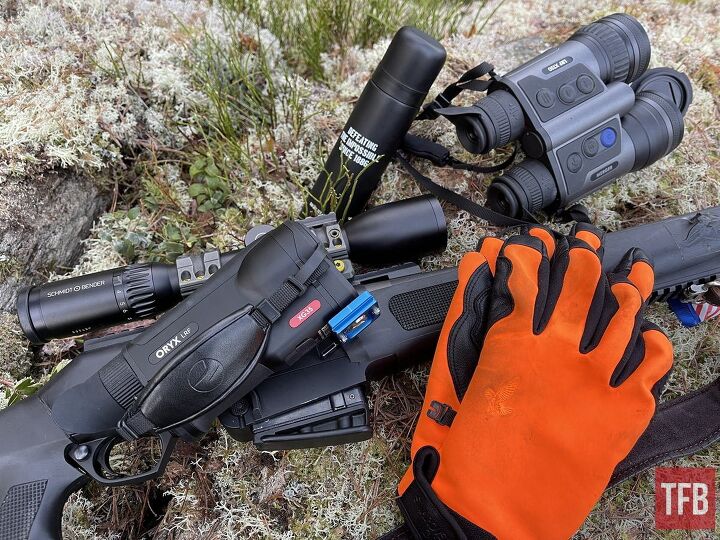












































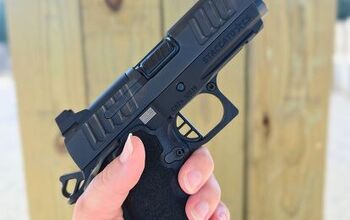
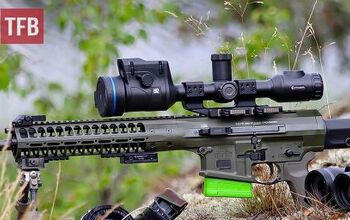
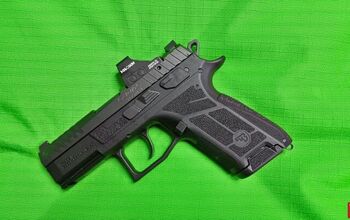
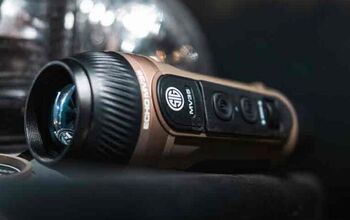
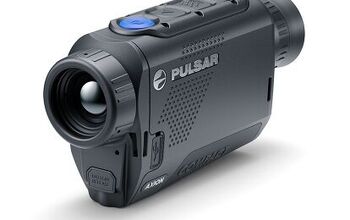
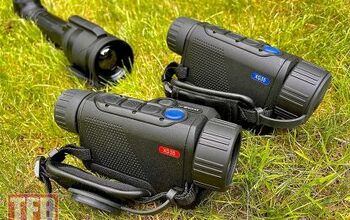
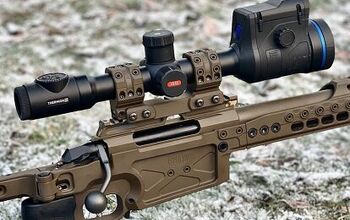
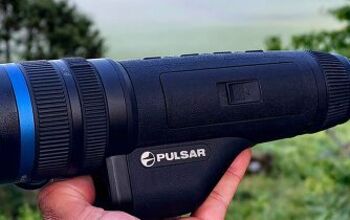

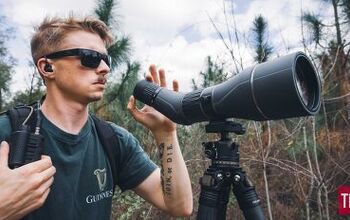
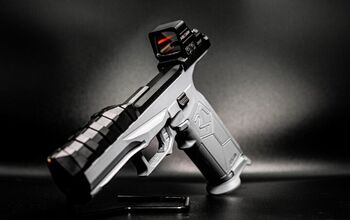

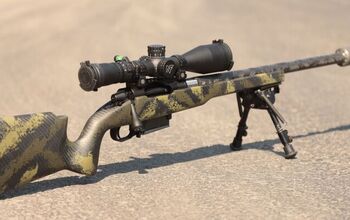
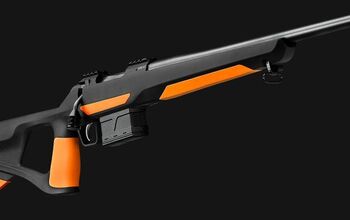




Comments
Join the conversation